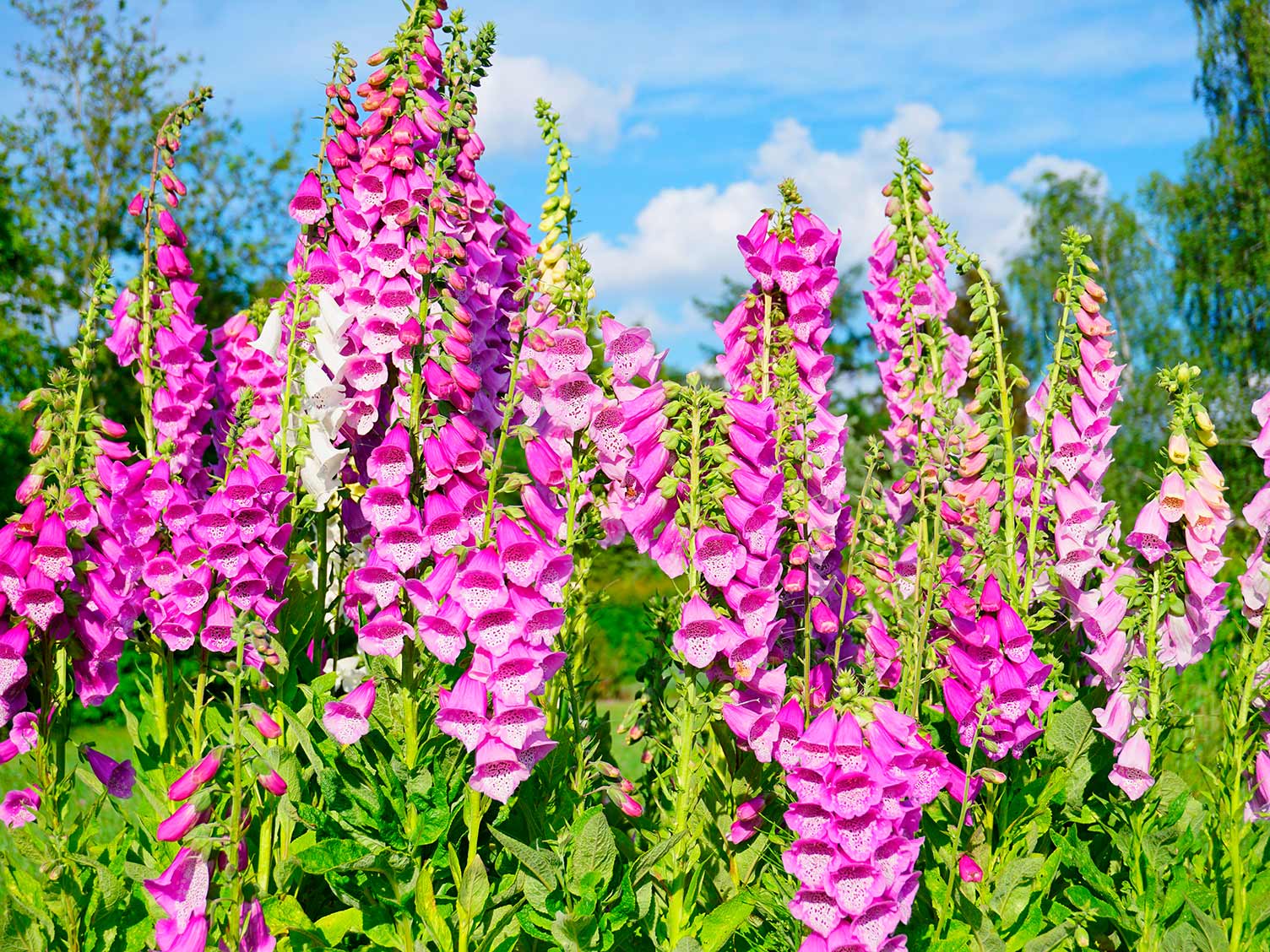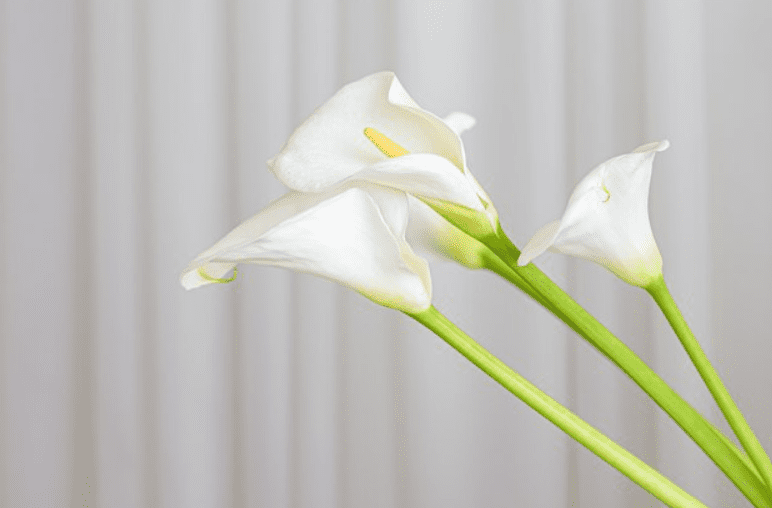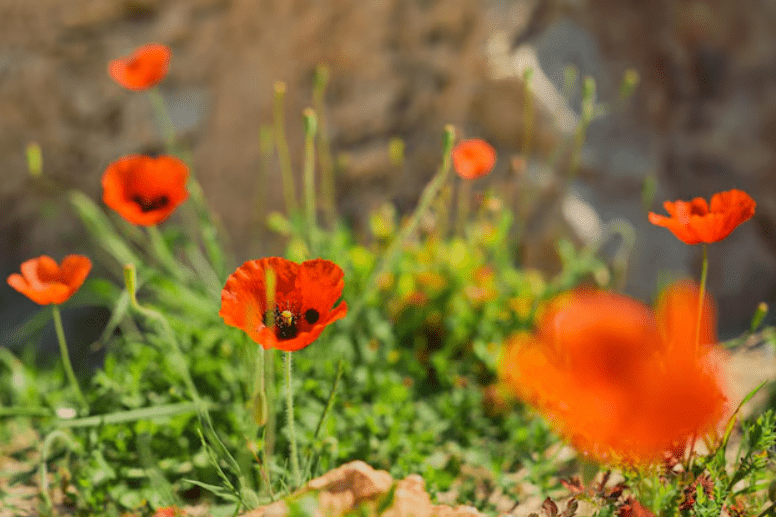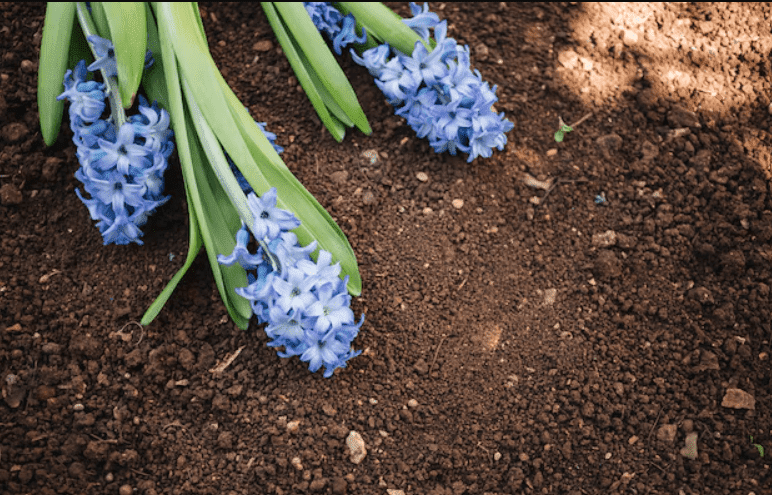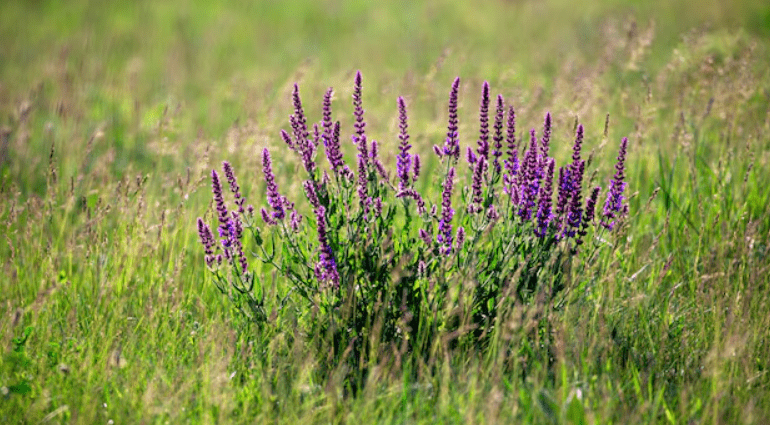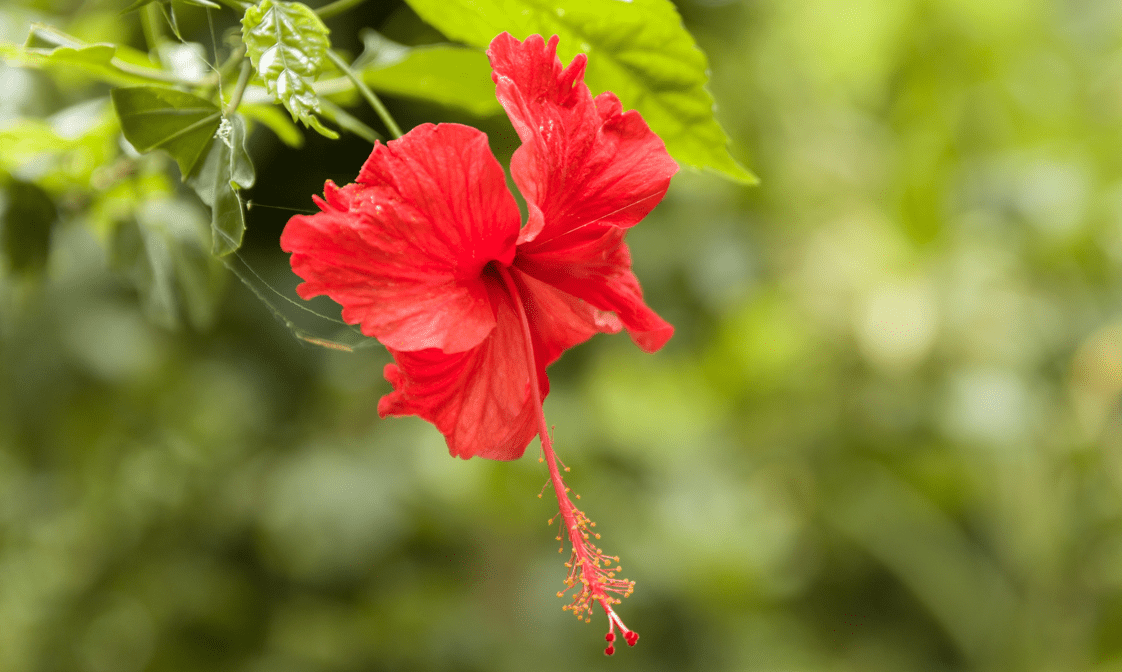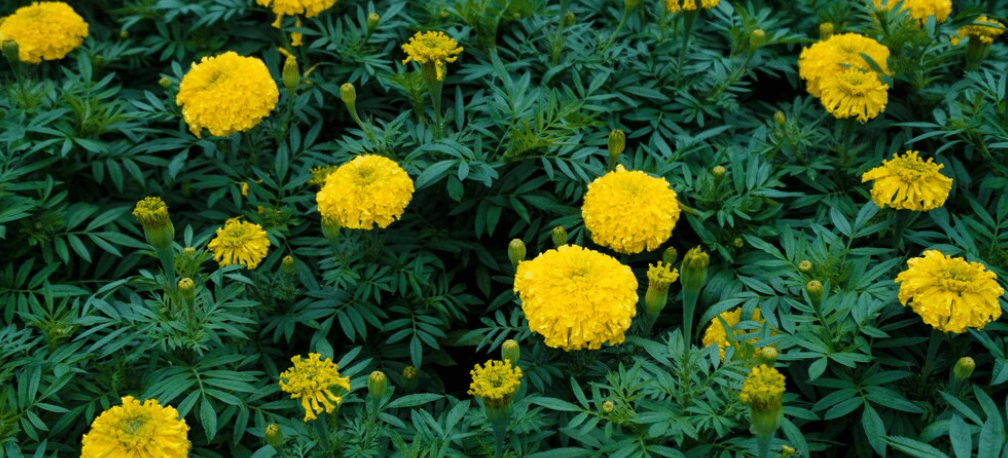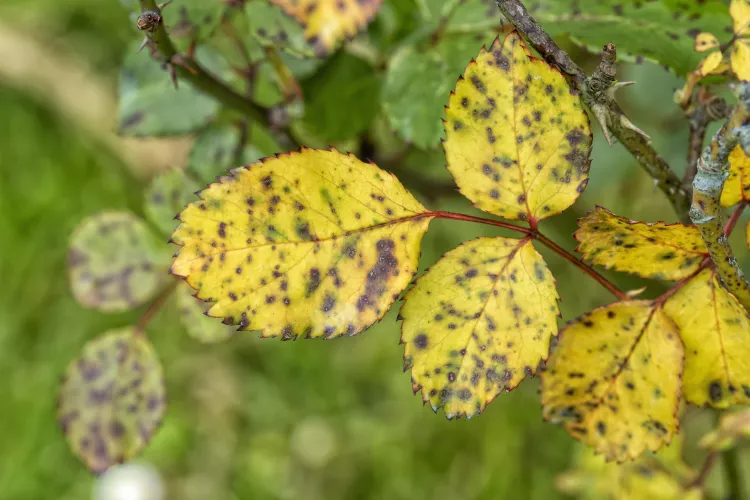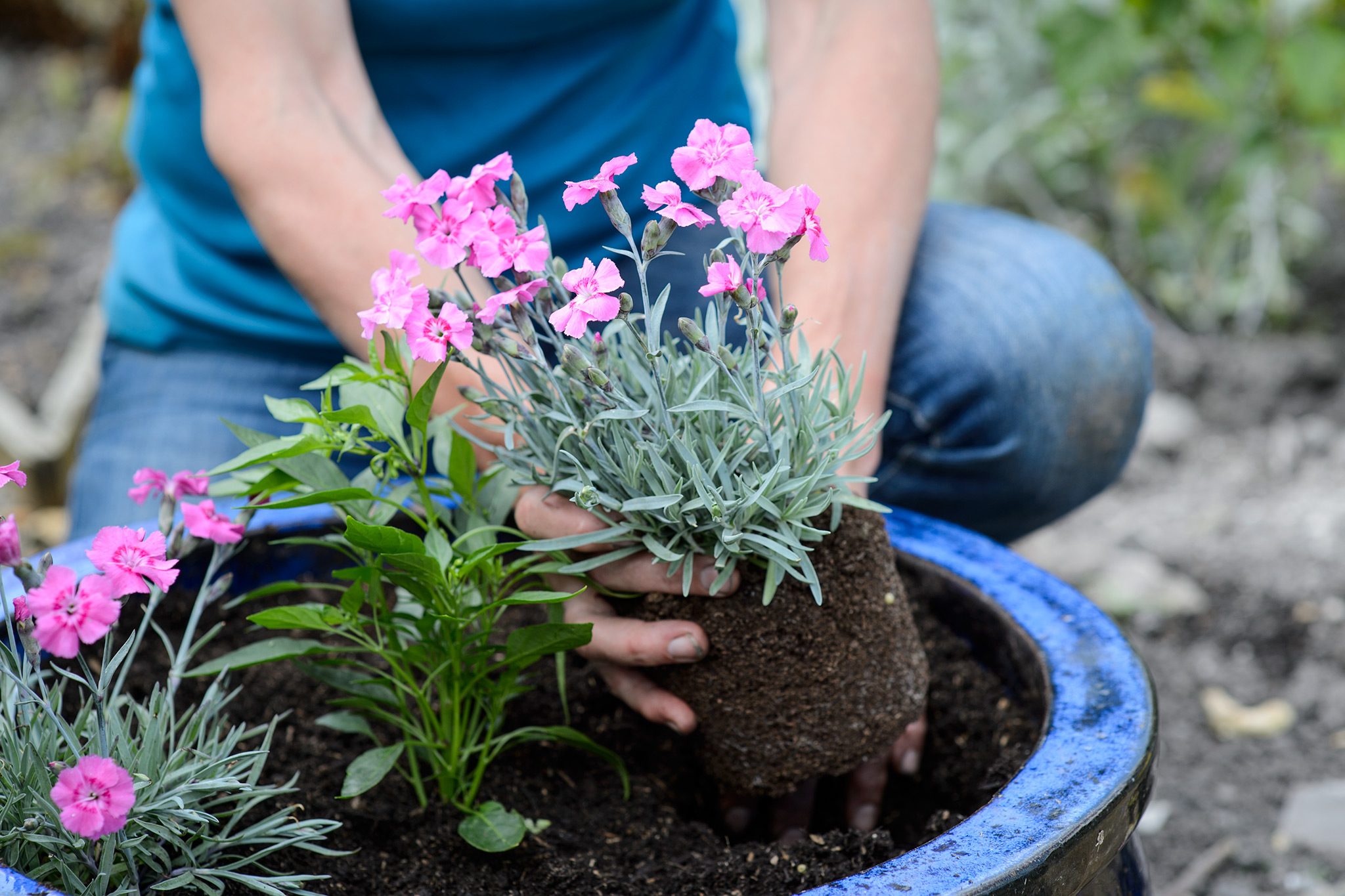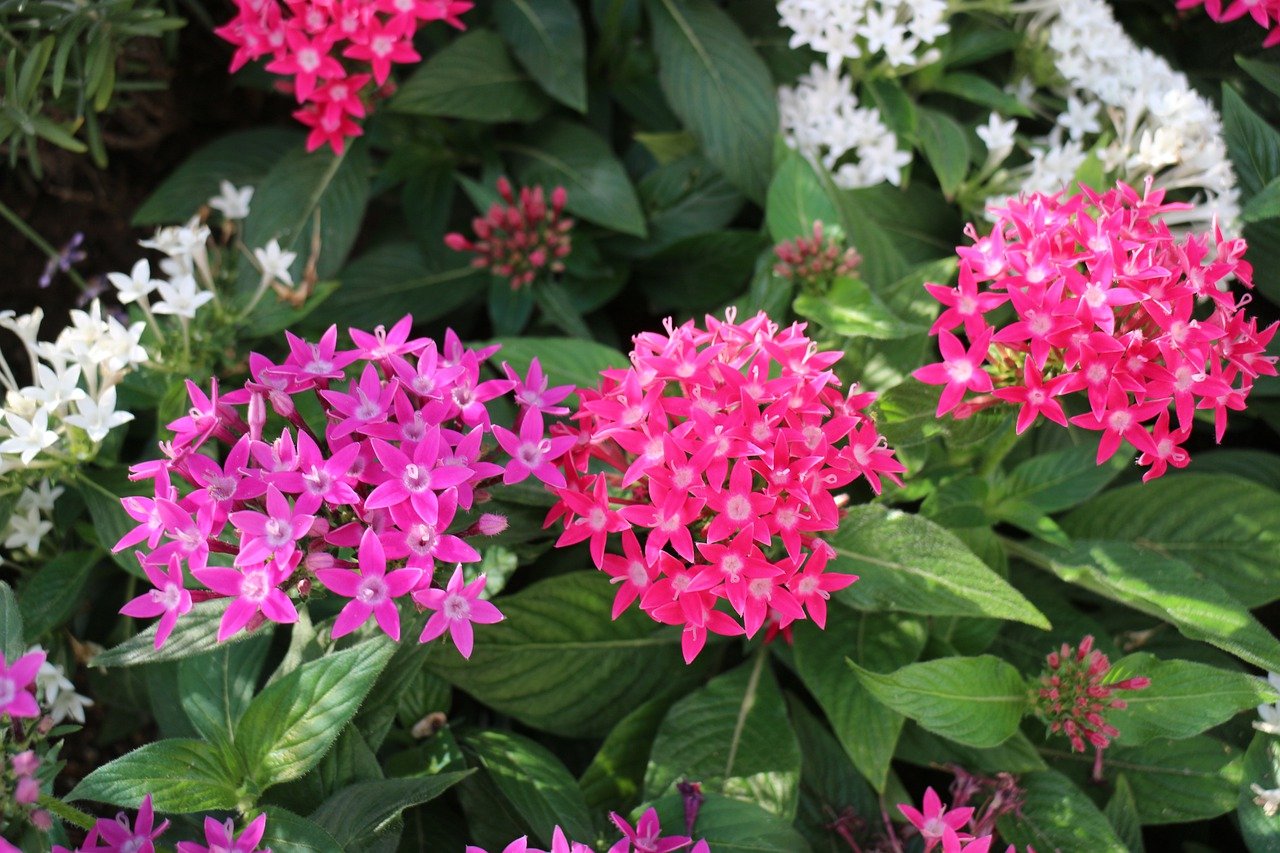The common foxglove, Digitalis purpurea, is a familiar sight in woodlands and hedgerows. It is easily recognizable by its tall spikes of purple-pink trumpet flowers in summer. The foxglove also thrives in gardens, particularly in shaded areas.
However, Digitalis purpurea is just one of many foxglove species. There are various types that grow at different heights and bloom in a wide array of colors, often with beautiful, contrasting speckles and spots. These flowers are packed with nectar, making them a favorite among bees and butterflies.
Most foxgloves are biennials, flowering in their second year from seed or short-lived perennials. Many retain rosettes of green leaves throughout winter, offering some winter interest in the garden.
Though foxgloves are fantastic for attracting pollinators, they contain the compound digitalin, which is used in heart medications. Every part of the plant is toxic if consumed, and contact with the foliage can cause skin and eye irritation. Always wear gloves when handling foxgloves, particularly if you have sensitive skin.
Table of Contents
ToggleFoxglove Basics
Flowering season: Summer
Foliage season: Spring, Summer, Autumn, Winter
Sunlight: Full shade, Partial shade, Full sun
Soil type: Chalky, Clay, Loamy, Sandy
Soil pH: Neutral
Soil moisture: Moist but well-drained
Height: Up to 1.8m (6ft), depending on the variety
Spread: Up to 90cm (3ft), depending on the variety
Time to ultimate height: 1 year
Foxglove Varieties
In addition to the common Digitalis purpurea, there are several other fantastic foxglove varieties to consider for your garden:
- Digitalis ferruginea: Biennial or short-lived perennial with yellowy-rusty-brown flowers.
- Digitalis grandiflora: Perennial with creamy-yellow flowers.
- Digitalis Illumination Pink: Half-hardy, semi-evergreen perennial with vivid pink flowers on the outside and honey-amber within.
- Digitalis x mertonensis: Semi-evergreen perennial with soft pink flowers.
- Digitalis parviflora: Hardy perennial with brownish flowers.
- Digitalis f. albiflora: Biennial or short-lived perennial with creamy-white flowers.
- Digitalis purpurea: Biennial or short-lived perennial with primrose-yellow flowers and claret speckling.
How to Grow Foxgloves
Here’s how to grow foxgloves successfully:
Cultivation
Most foxgloves flourish in either light or shaded conditions, although some species native to the Mediterranean require a sunnier spot to thrive.
While foxgloves prefer lighter soils, they can also grow successfully in heavy clay soils if enriched with organic matter like compost.
Sowing Foxgloves
Plant seeds outdoors in late spring or early summer in a well-prepared seed bed. Keep the soil moist until germination occurs. Once the seedlings are large enough to handle, thin them out to 15cm (6in) apart. Then, either continue thinning them to 60cm (2ft) apart or transplant them into their flowering positions, also spaced 60cm (2ft) apart, for blooms the following autumn.
Plant seeds Indoors from March to early June on the surface of compost in pots, maintaining a temperature of 20°C (68°F). Don’t cover the seeds, as they require light to germinate. Keep the compost moist. Once the seedlings are large enough to handle, prick them out into 7.5–9cm (3–3.5in) pots. Slowly acclimatize the seedlings to outdoor conditions over 10 to 15 days before planting them after the last frost.
If collecting your own seeds, sow them immediately while fresh and space them thinly, as overcrowded seedlings are more susceptible to fungal diseases. Thin out self-sown seedlings to allow each plant enough space to grow properly.
Planting Foxgloves
Foxgloves can be planted year-round, but it’s best to avoid planting when the soil is waterlogged, frozen, or excessively dry.
Start by preparing the planting area: dig it over and incorporate organic matter such as compost or leafmould. Dig a hole large enough to fit the rootball comfortably.
Place the rootball in the hole and adjust its depth so that the top of the rootball is level with the surrounding soil surface. Fill the hole with soil and compost, then water it well to help settle the roots.
Suggested Planting Locations and Garden Types
Foxgloves are ideal for a variety of garden settings, including containers, patios, flower borders and beds, city and courtyard gardens, informal gardens, woodland gardens, wildflower gardens, and cottages.
How to Care for Foxgloves
Water regularly until the plants are fully grown.
Feed them every spring with a balanced granular plant food.
In the spring, mulch around the plants with a 5–7.5cm (2–3in) thick layer of organic material, such as compost or composted bark, to retain moisture and improve soil quality.
Once the first flowers have finished, trim the faded flower stems to ground level and feed the plants with liquid food. It encourages a second flush of blooms, particularly in early-flowering perennials.
After flowering, you can trim the spent flower stems to ground level. If you intend to collect seeds, wait until the seeds have been shed or collected before cutting down the stems.

